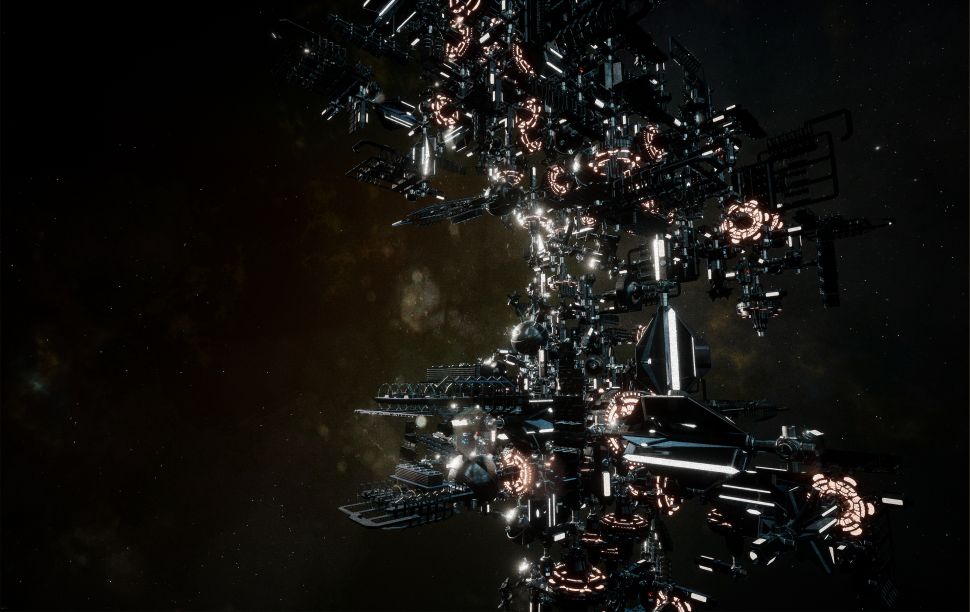Complexity, Planning and Urbanism, (CPU) develops new theoretical approaches and computational tools using a complexity science framework. These are intended to affect the design, management, governance and understanding of future cities related to climate change, citizen participation, development strategies, resilient interventions, policy making and urban morphology. Computational processes are used to augment conventional static design methods and theory by enabling a temporal and dynamic process. The MArch atelier is strongly linked to the CPU_Lab where research into frameworks enabling the development of new approaches takes place.
Our research is transdisciplinary and currently spans Future Cities, Smart Cities, the internet of things, agile governance and cities as complex adaptive systems. The brief for MArch 2 looked at harnessing the power of natural intelligence. Designers have always been inspired by the forms of nature, and their abilities to solve difficult problems in novel and beautiful ways. However, up to this point our inspiration from nature has been limited to ‘bio-mimicry’, or the reproduction of nature’s physical forms in new designs. The students took a step further by understanding how nature designs by incorporating evolutionary design methods and encoding all the unique properties and abilities of its individual members. Using iterative design processes the students instead of designing objects, designed systems to explore the full range of possible outcomes of a particular design problem and learned methods for measuring and quantifying the performance of these systems for evaluation by the computer and designer. This exploration was carried out at occupancy, building and urban scales by exploring spatial and physical aspects of the site as well as sustainable development perspectives by measurable goals such as walkability, participatory design, resilience and well-being.


